Arthritic Pain
Arthritis is the most common cause of disability in the UK, with an estimated 10 million people with arthritis, impacting people of all ages.
While joint inflammation may be challenging to see and define, it is a normal component of the body’s healing process, but sometimes pain and stiffness can result from inflammation, which can be compared to a bruise, with swelling inside the joints.
Osteoarthritis is the most typical kind of arthritis. Incorrectly referred to as “wear and tear” or “degeneration” this type of arthritis commonly affects elderly people.
Degeneration is a misleading term because osteoarthritis involves the body’s attempt to repair itself and frequently has no noticeable symptoms. Minor injuries to an osteoarthritic joint cause the body to begin healing. During the healing process fluid may accumulate inside the joint and new bone may begin to grow. This can lead to swelling, stiffness, and pain.
Once the original reason for pain has eased, it is believed that the nerve endings surrounding the joint become more sensitive and continue to cause the pain and stiffness associated with osteoarthritis.
Other forms of arthritis can occur such as rheumatoid arthritis where the immune system attacks the joints, causing swelling, pain, and stiffness. Gout, which is brought on by crystals of uric acid irritating the joints. Psoriatic arthritis affects the skin, and infections may cause either reactive or post viral arthritis. There is also arthritis that is associated with inflammatory bowel disease known as enteropathic arthritis, juvenile inflammatory arthritis, affecting those under the age 16 and ankloysing spondylitis which may cause spinal fusion.
Solutions
Each of these varieties of arthritis is distinct, they all tend to result in difficulties with pain, stiffness, and swelling in the joints. Occasionally pain in the low back or spine may also be felt. Self-management of arthritis can be beneficial regardless of the type.
- Exercising the joints will usually help reduce pain and ease stiffness without causing more damage
- Maintaining a healthy weight can reduce the pressure on the joints and improve their function
- Eating a healthy diet can reduce inflammation and reduce pain
- Improving sleep, reducing stress, socialising more, and sharing your experiences with others may also help you better manage your pain better.
- Osteopathy, acupuncture, and massage have been shown to provide pain relief from arthritis.
How We Treat
Treatment for patients with arthritis is designed to extend the range of motion of arthritic joints using a mix of joint articulation and mobilisation techniques. By widening the joints, fluid can enter the arthritic areas and lessen the uncomfortable symptoms of inflammation.
A customised fitness programme to enhance a quality of life while managing pain from arthritis may be suggested, allowing for the maintenance and progression of any gains made during the hands-on therapy sessions.
Where treatment is not possible, other options will be discussed and any appropriate referrals may be made with your consent.

